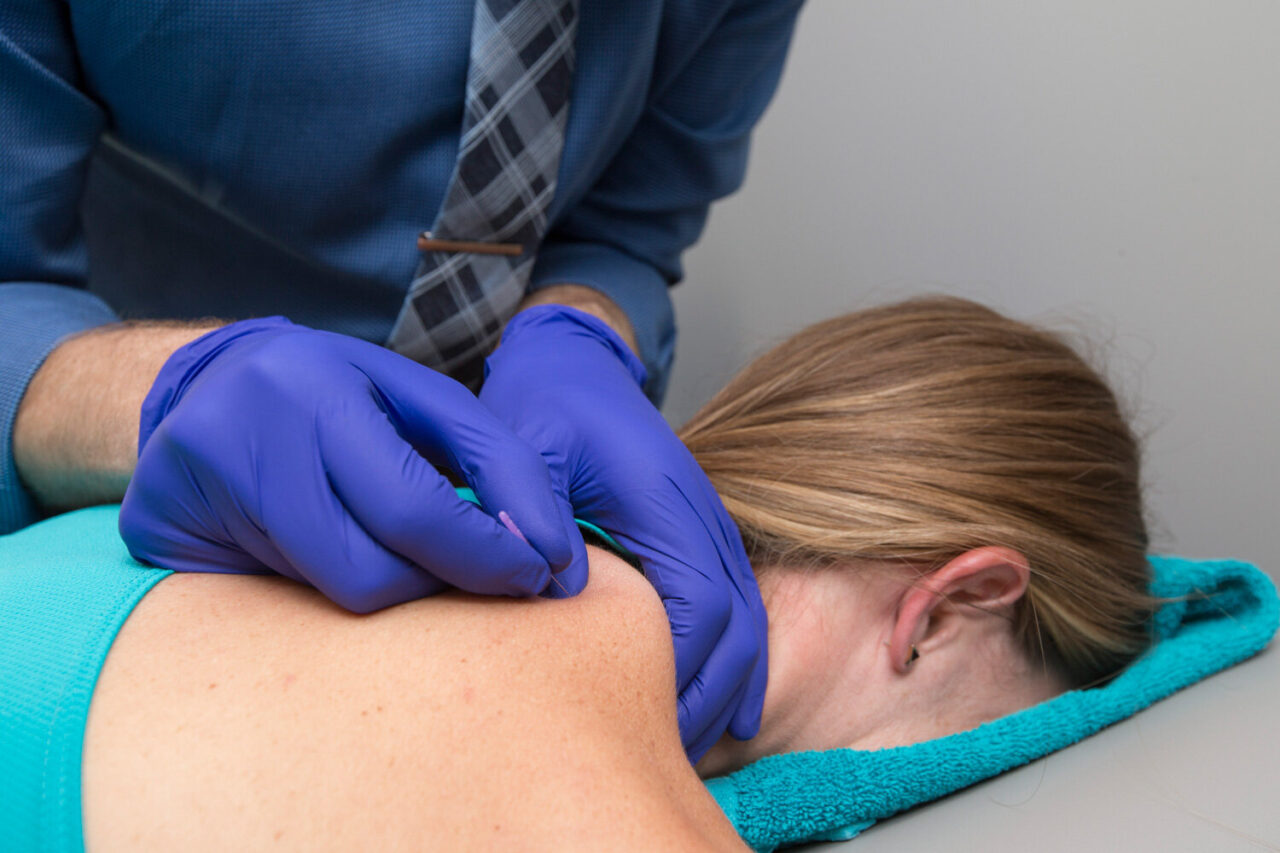Headaches are a universal experience, affecting millions worldwide. They come in various forms, from the dull ache of a tension headache to the debilitating throbs of a migraine. Sadly, these painful episodes significantly disrupt daily life, causing missed work, reduced productivity, and emotional distress. While medication delivers temporary relief, many seek long-term solutions. Fortunately, physical therapy can help.
These are the three most common types of headaches that physical therapists treat:
- Tension-Type Headaches: These headaches, often described as feeling like a tight band around the head, are primarily caused by muscle tension in the neck, shoulders, and scalp.
- Cervicogenic Headaches: Originating in the neck, these headaches are usually triggered by problems with the joints or muscles in the upper cervical spine.
- Migraines: A complex neurological condition, migraines involve throbbing pain, sensitivity to light and sound, nausea, and vomiting.
Since every patient is unique, the best approach depends on the facts of the case. There is one promising technique, however, that has gained traction in recent years, and it’s dry needling. Researchers who have studied dry needling for headaches have seen positive results in reducing pain and disability associated with various types of headaches, including tension headaches and migraines.
How Dry Needling Works
Dry needling involves the insertion of thin, sterile needles into specific points within muscles, known as trigger points. These trigger points are taut bands of muscle tissue that can refer pain to other areas of the body.
When a needle strikes a trigger point, it elicits a local twitch response, essentially a brief contraction of the underlying fibers that make up the muscle. This response is thought to help release the trigger point, reduce muscle tension, and promote blood flow to the area, ultimately alleviating pain and restoring normal muscle function. Dry needling for migraines, tension headaches, and other headache types has shown promising results in research.
Research-Backed Relief: Dry Needling’s Effectiveness for Headaches
A recent review of the research, published by Pourahmadi and colleagues in the journal Physical Therapy(2021), sheds light on the effectiveness of dry needling for various types of headaches. The authors analyzed 11 randomized controlled trials, with 9 included in their meta-analysis, focusing on dry needling’s impact on tension, cervicogenic, and migraine headache symptoms.
Their findings revealed that dry needling produced pain relief comparable to other established headache treatments. Notably, dry needling demonstrated significantly better improvements in short-term disability for patients compared to other interventions.
The study also highlighted the concept of the Number Needed to Treat (NNT). This metric indicates the number of patients who need to receive a treatment for one person to experience a significant benefit compared to a control group. A lower NNT suggests a more effective treatment. For tension-type headaches, the NNT for dry needling was remarkably low (NNT=2), meaning that for every two patients treated with dry needling, one would experience significant relief. The NNT for cervicogenic headaches was also promising, ranging from 3 to 4.
These results underscore the potential of dry needling as a valuable tool in the management of various headache types. It offers a promising alternative or adjunct to traditional headache treatments, particularly for those seeking drug-free options or who have not found relief with other therapies.
How Dry Needling Targets Different Headache Types
Cervicogenic Headaches
Dry needling can target trigger points in the neck and upper back muscles, which are often implicated in cervicogenic headaches. By releasing tension and restoring proper muscle function in these areas, dry needling can alleviate pain and improve neck mobility, leading to a reduction in headache frequency and intensity.
Tension-Type Headaches
Dry needling can be highly effective in addressing the muscular tension that contributes to tension-type headaches. By releasing trigger points in the head, neck, and shoulders, dry needling can relax these muscles, alleviate pain, and promote relaxation. The low NNT for dry needling in tension-type headaches further emphasizes its potential as a primary treatment option.
Migraine Headaches
While more research is needed to fully understand the effects of dry needling on migraines, preliminary studies suggest that it may offer benefits for some individuals. Dry needling may help manage migraine pain by reducing muscle tension, improving blood flow, and modulating pain pathways. It can be particularly useful in addressing associated symptoms like neck pain and muscle tightness.
Dry needling’s ability to target specific trigger points and underlying muscle dysfunction makes it a versatile and valuable tool in the comprehensive management of various headache types. When combined with other physical therapy interventions like manual therapy, exercise, and education, dry needling can empower individuals to take control of their headaches and improve their overall quality of life.
Embracing Dry Needling: Your Path to Headache Relief
Whether you’re struggling with tension headaches, cervicogenic headaches, or even migraines, dry needling may provide relief. With research-backed results and minimal side effects, it presents a compelling alternative or adjunct to traditional headache treatments.
If you’re ready to take the next step toward a life with fewer headaches, reach out to Mend. We can assess your specific needs, develop a personalized treatment plan, and guide you through the dry needling process. Contact our clinic to schedule a consultation and explore how dry needling can help you reclaim your well-being.

